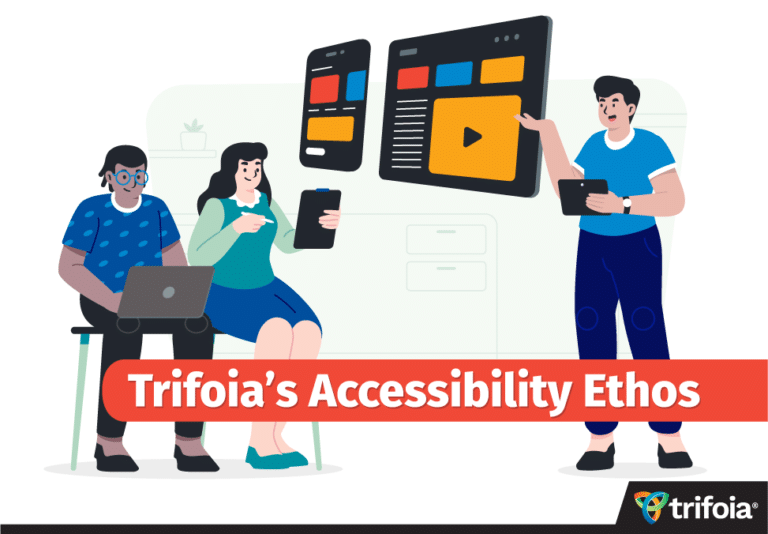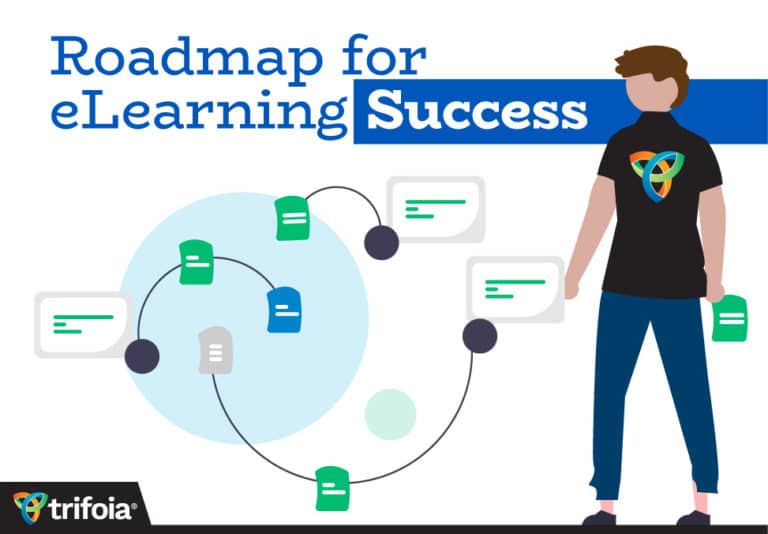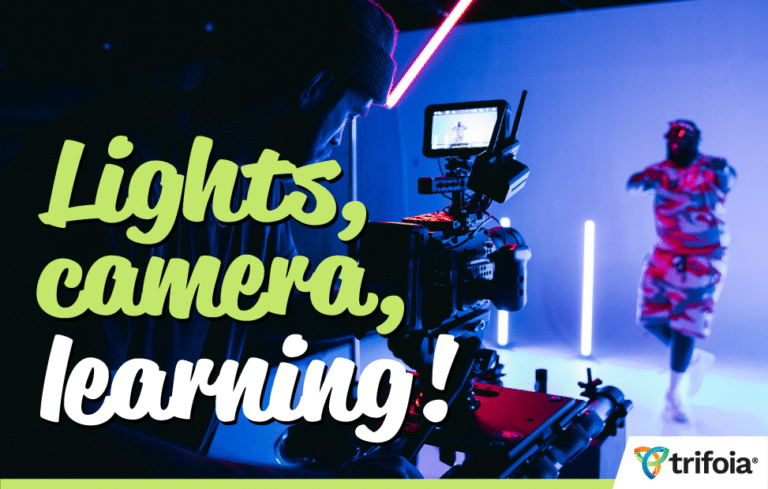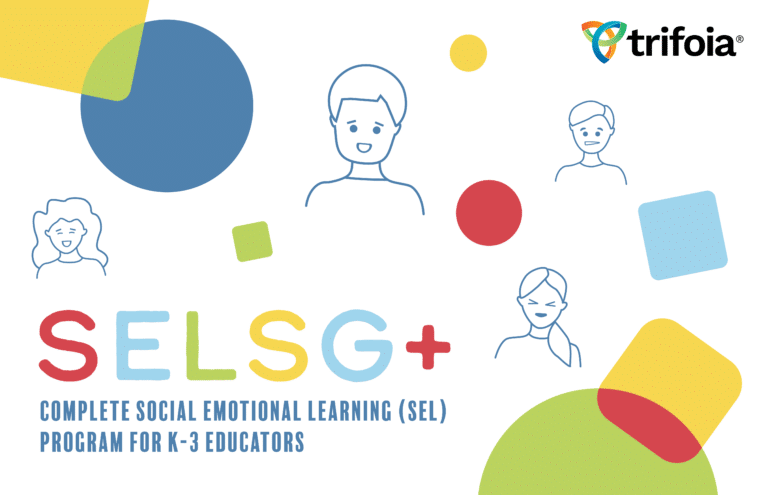Picture this.
Your business is recovering from the current economic crisis, and you expect to have twenty new employees to train each month.
Some new employees will be working in the call center, and others will be working in the warehouse.
You want to ensure every new employee will meet department and organizational goals within three months of hire.
How do you accomplish this?
There are two primary things you’ll want to consider: curriculum development and instructional design.
People often mistake the terms curriculum development and instructional design as synonymous. They are both critical, yet distinct elements of developing an engaging and effective learning or training program.
At its core, curriculum development is what is being taught (content), and instructional design is how content is presented to learners (pedagogy). These two distinct specialties work very much in tandem when developing a training course.
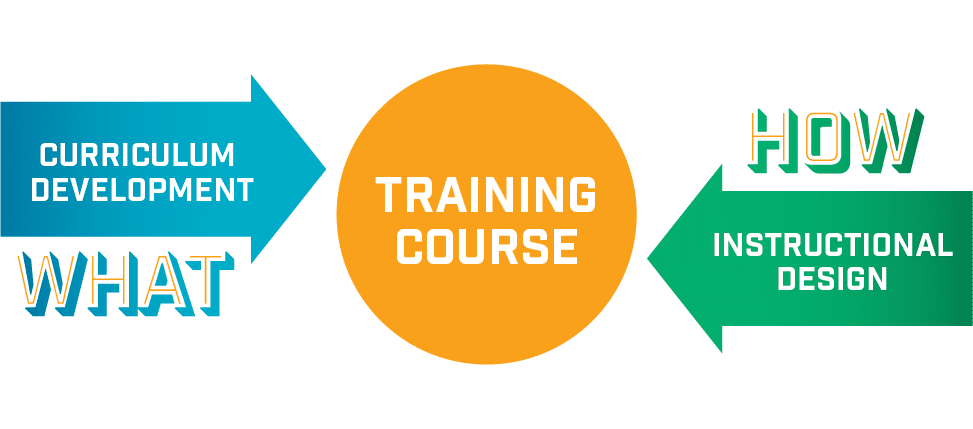
Let’s consider the new employee training I mentioned earlier; the curriculum developer would work closely with department and organization leaders to determine learning objectives and the type of content that will be presented for each staffing role. For warehouse workers, that may include safety procedures, order fulfillment requirements, and general warehouse guidelines, tasks, and responsibilities. Call center employees will need to know how to use customer service software, customer service procedures, and call etiquette. These distinct training paths will require specialized content, but both groups would benefit from resources such as printable job aids, training manuals, and instructional signage.
The instructional design team gets involved at this stage. They begin by analyzing the needs of both the organization and the learners. They will consider the audience, content, and technology available. They will confirm learning objectives by working with curriculum designers and subject matter experts (SMEs). They will then begin developing a design for the instruction, taking into consideration content delivery systems (such as videos, games, exercises) and structuring engagement points throughout the course. Finally, they will create a plan to evaluate the effectiveness of the training at specified intervals.
Let’s say a decision is made that the warehouse employees will take their training exclusively online and will have one week to complete it. The instructional design team may decide that video process walk-throughs, coupled with exercises and quizzes, will be the best way to train these workers to achieve the safety and production goals of the organization. Once a new employee passes a determined set of tests, they will be allowed to work in the warehouse under strict supervision, receiving additional hands-on training.
The call center employee training will be entirely onsite with instructors leading the classes. The instructional design team will work with the curriculum developers and SMEs to design engaging in-person presentations coupled with real-life training scenarios to help new employees feel confident in their new roles.
Throughout the development and implementation of the training, the instructional design team will continually monitor progress and knowledge attainment, making needed changes along the way to ensure that the new employees are successful in their new roles. Curriculum developers will also be keeping an eye on content to ensure that any new content is quickly incorporated into the ongoing training.
Whether you are designing a training program for new employees, updating existing educational content to be presented online, or want to create a new informational video for your product or service, having the involvement of both curriculum developers and instructional designers on your side will help you achieve your goals and promote the success of your learners.


